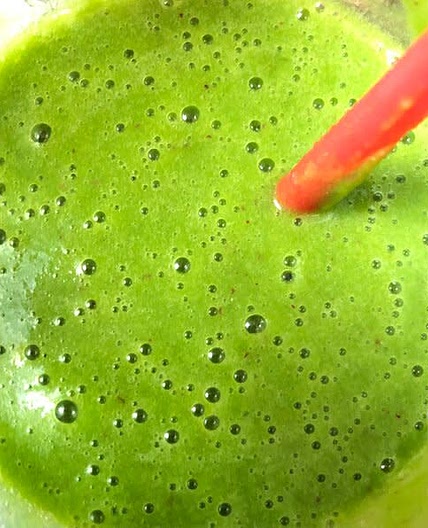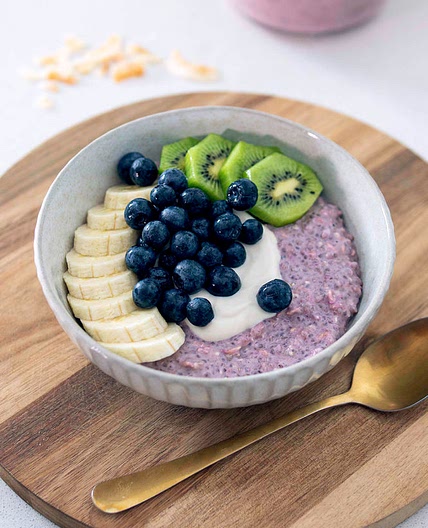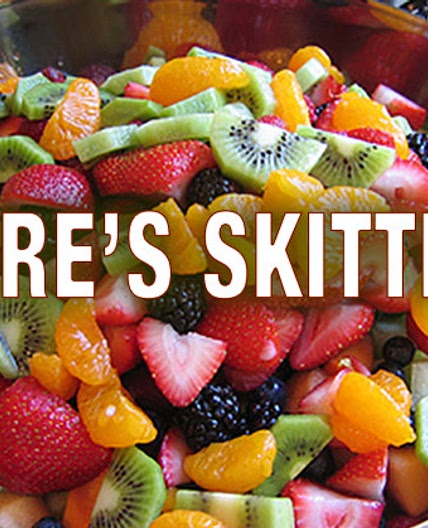Kiwi
 Fridge
FridgeKiwifruit, also commonly known as kiwi, is a furry, bright green fruit packed with Vitamin C. Native to China, the edible berries come from a woody vine and were originally referred to as Chinese gooseberries. It wasn’t until they were first grown commercially in New Zealand that they were given the name kiwifruit. Although we’re most familiar with the fuzzy brown fruit, there are actually several varieties of kiwifruit. The fuzzy kiwi is the most well-known and widely available variety of kiwi. It is a large, egg-shaped fruit with fuzzy, brown skin and a bright green inside. There are also Kiwi berries, which are grape-size with a similar taste to a fuzzy kiwi but with a smooth, green skin. Finally, golden or yellow kiwis have smooth, brown skin and an inside ranging from bright green to dull yellow. It has a sweeter flavor than the others. Aside from its high dose of Vitamin C, kiwi is also low in calories, high in fiber, and rich with antioxidants. They promote collagen production which increases skin elasticity and reduces wrinkles. They can also help protect skin against sun damage, and promote heart health too! When choosing kiwifruit at the store, look for fruit that’s firm but slightly soft to the touch to ensure it's ripe. Kiwi that’s too firm is not quite ripe and will taste sour. Kiwis will continue to ripen after you buy them. Wondering how to eat kiwi? It’s pretty simple. Kiwifruit is typically eaten raw with the skin discarded. However, the fuzzy skin—although perhaps not appealing—is actually perfectly safe to eat! To eat kiwi, wash and dry the skin, cut the fruit lengthwise, and then use a spoon to scoop out the inside.
Kiwi nutrition and vitamin info per 100g
| Energy | 60.95000076293945 | kcal |
| Total Fat | 0.5199999809265137 | g |
| Carbohydrate Total | 14.65999984741211 | g |
| Sugars | 8.989999771118164 | g |
| Protein | 1.1399999856948853 | g |
| Sodium | 3 | mg |
| Fiber | 3 | g |
328 recipes to cook with Kiwi
Kiwi substitutes
- Regular substitute







